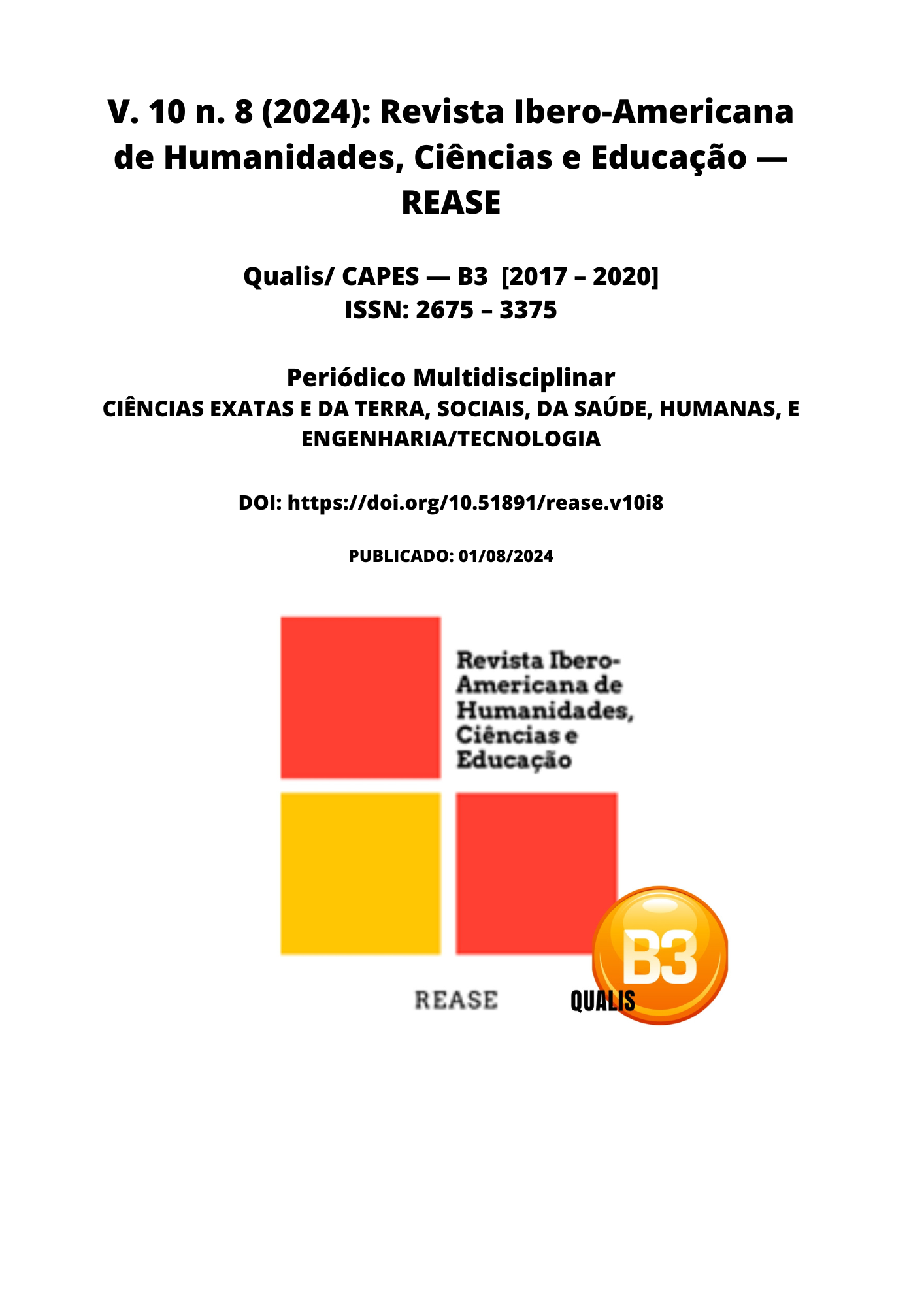MEDIATION AND ARBITRATION: APPROPRIATE INSTRUMENTS FOR FAMILY CONFLICT RESOLUTION
DOI:
https://doi.org/10.51891/rease.v10i8.15156Keywords:
Mediation and Arbitration. Family Conflict Resolution. Conflict Theory.Abstract
The present work includes an analysis of the practice of mediation as a means of resolving family conflicts, and its real impact on the disputing parties. The objectives can be summarized as follows: to analyze the possibility of using mediation and arbitration as a consensual method for resolving family conflicts, and to compare their application to the family justice process and their practical consequences in the family context. In terms of the nature of the research method, it is hypothetical-deductive, meaning that it is essentially an inference based on research and assumptions. The significance of the study lies in the fact that, due to the specific nature of these disputes, it promotes mediation as an alternative means of resolving family conflicts and encourages a win-win approach, where all parties are satisfied with the out. The methodology used in this work is literature review, grounded in the works of various authors on the topic of Mediation and Arbitration. Mediation, initially, deals with cases where there is a pre-existing relationship between the parties and aims to achieve resolution through nonviolent communication. A third party, the mediator, assists the parties themselves in reaching a consensus, valuing their autonomy. This culminates in a transformative mediation grounded in the basic principles of family and human rights, enriched with key points related to the subject.
Downloads
Downloads
Published
How to Cite
Issue
Section
Categories
License
Atribuição CC BY

